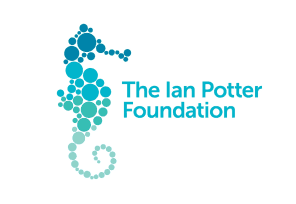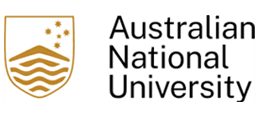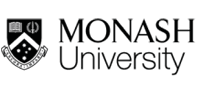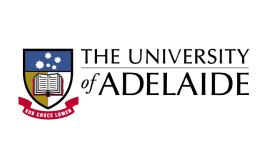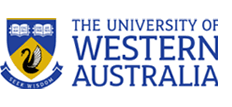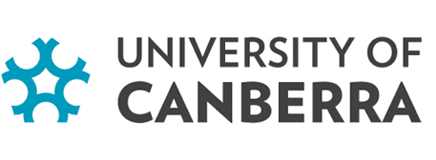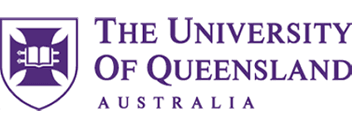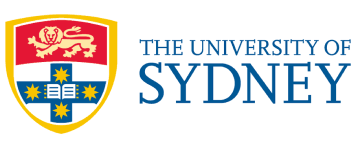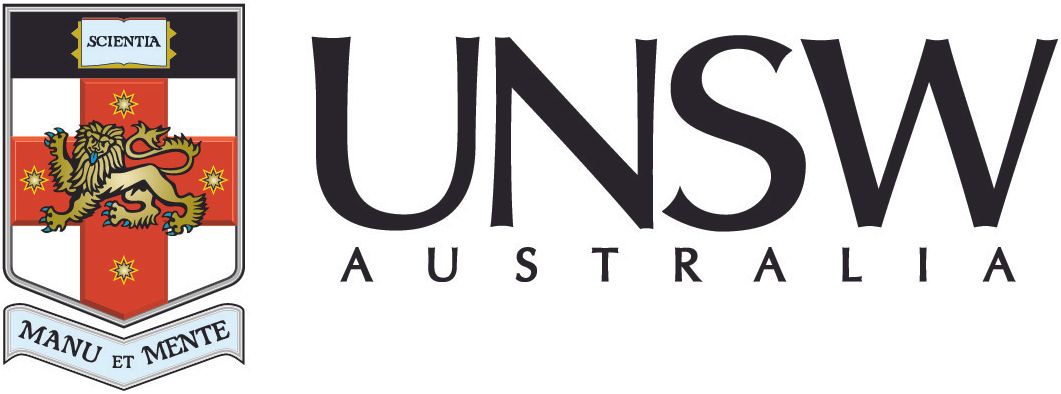Indigenous elders gave a Melbourne primary school a totemic species and the benefits have been far reaching
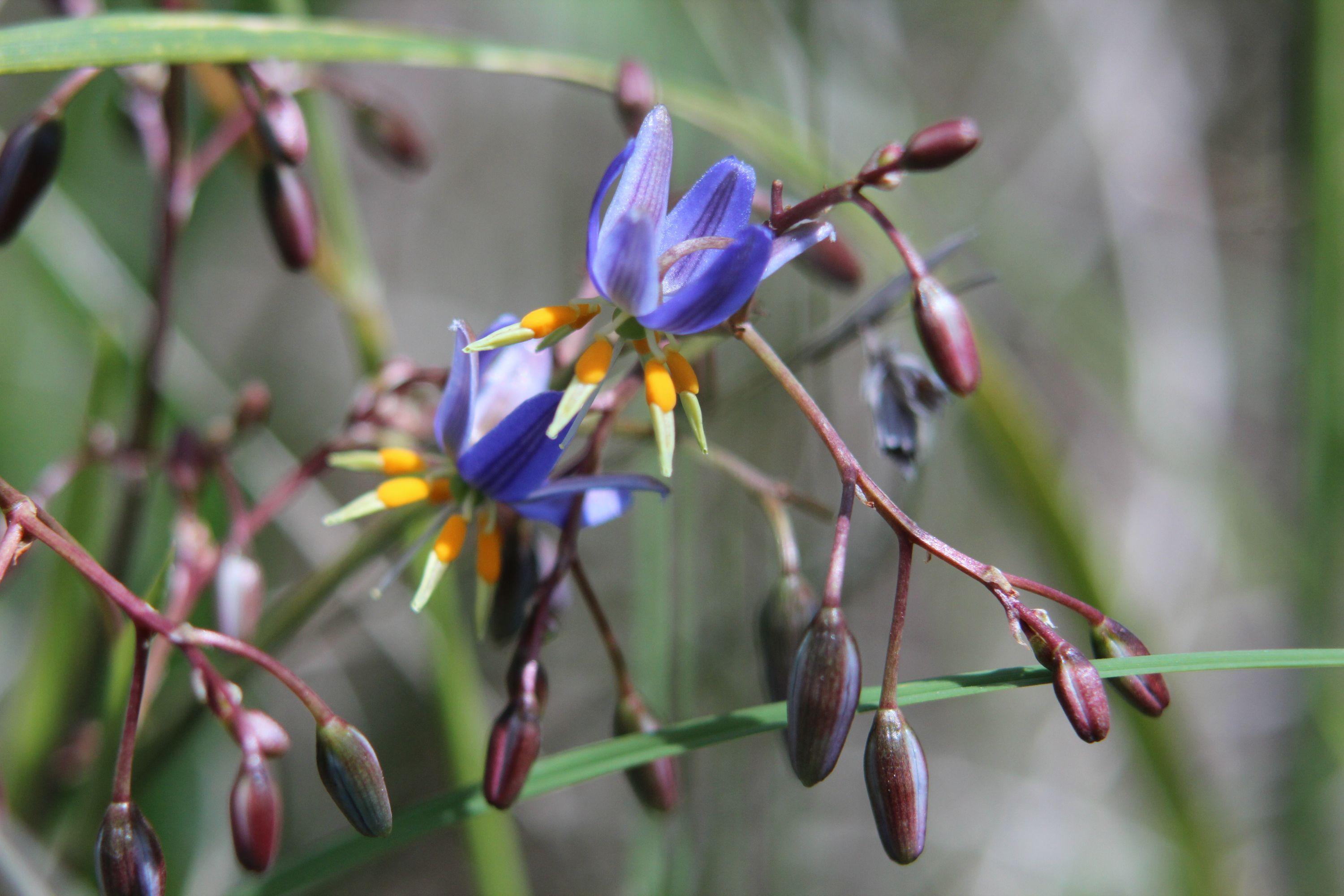
Matted flax-lily. Image: John Englart CC BY-SA.2.0 via Flickr
Media Release
14 April 2023
A collaboration of environmental scientists, teachers and Traditional Custodians hopes that one day every Australian school will have a totemic species.
A collaboration of environmental scientists, teachers and Traditional Custodians hopes that one day every Australian school will have a totemic species.
It comes upon the success of a pilot 10-week program at a Melbourne school which not only increased the enthusiasm of the students for science, nature and Indigenous Knowledge, but also that of their parents.
Video: Connecting kids with nature and culture: A totemic species for Carlton North Primary School
The program was a collaboration between Carlton North Primary School, Wurundjeri Traditional Custodians and RMIT researchers, who developed a framework to measure the outcomes of the program.
Wurundjeri elder Uncle Dave Wandin gifted the students the critically endangered matted flax-lily as a totem and then worked with the students over 10 weeks to share knowledge during hands on activities like creating grassland habitat, seed planting, and baking with native ingredients.
The kids also learnt about Indigenous land management, did scientific drawing and even a role play about the food web. The flax-lily is culturally significant to the Wurundjeri people. The berries and leaves are used for food and tea, weaving and making whistles to deter snakes.
Natasha Ward from RMIT University, an Aboriginal researcher and teacher, led the program.
“We wanted to find out if totemic species, when gifted to schools by Traditional Custodians, could generate care for threatened species - while also embedding cultural awareness and Indigenous knowledge in the Australian science curriculum,” Ms Ward said.
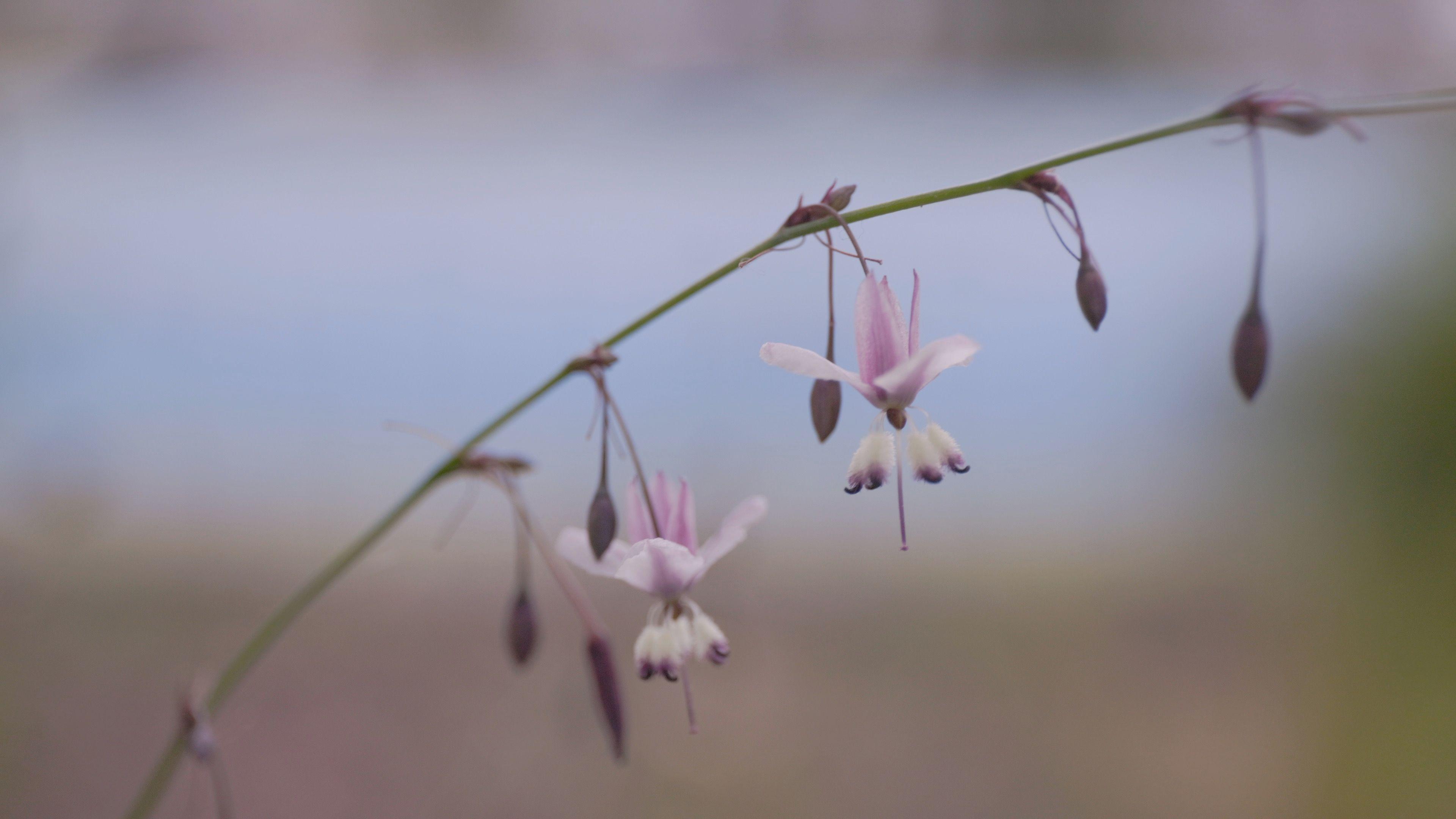
Wurundjeri elder Uncle Dave Wandin gifted Carlton North Primary School students the critically endangered matted flax-lily as a totem. Image: Nicolas Rakotpare.
Indigenous scientist Associate Professor Bradley Moggridge from the University of Canberra, who is a member of the Biodiversity Council, said the program provided a model for the successful integration of Indigenous and Western knowledge in the school curriculum.
“This program has the potential to improve the teaching of Indigenous content across Australia and shows how Indigenous science can be embedded into the existing curriculum in a holistic way,” Associate Professor Moggridge said.
The Biodiversity Council brings together leading experts including Indigenous knowledge holders to promote evidence-based solutions to Australia’s biodiversity crisis.
Biodiversity Council Lead Councillor Professor Sarah Bekessy from RMIT University was the project’s senior scientist and is a parent of children at the school.
“The program had significant benefits for students. We used surveys of students, teachers and parents to understand the outcomes of the program.
“We found that the 10-week program increased student engagement in science and students felt more connected with nature and had increased feelings of responsibility to the environment.
“Students also indicated that they had learned about the Traditional Custodians and the importance of the totemic species. For example, one student said: I really enjoyed science this term (and) I feel much closer to our Indigenous culture than I ever have.
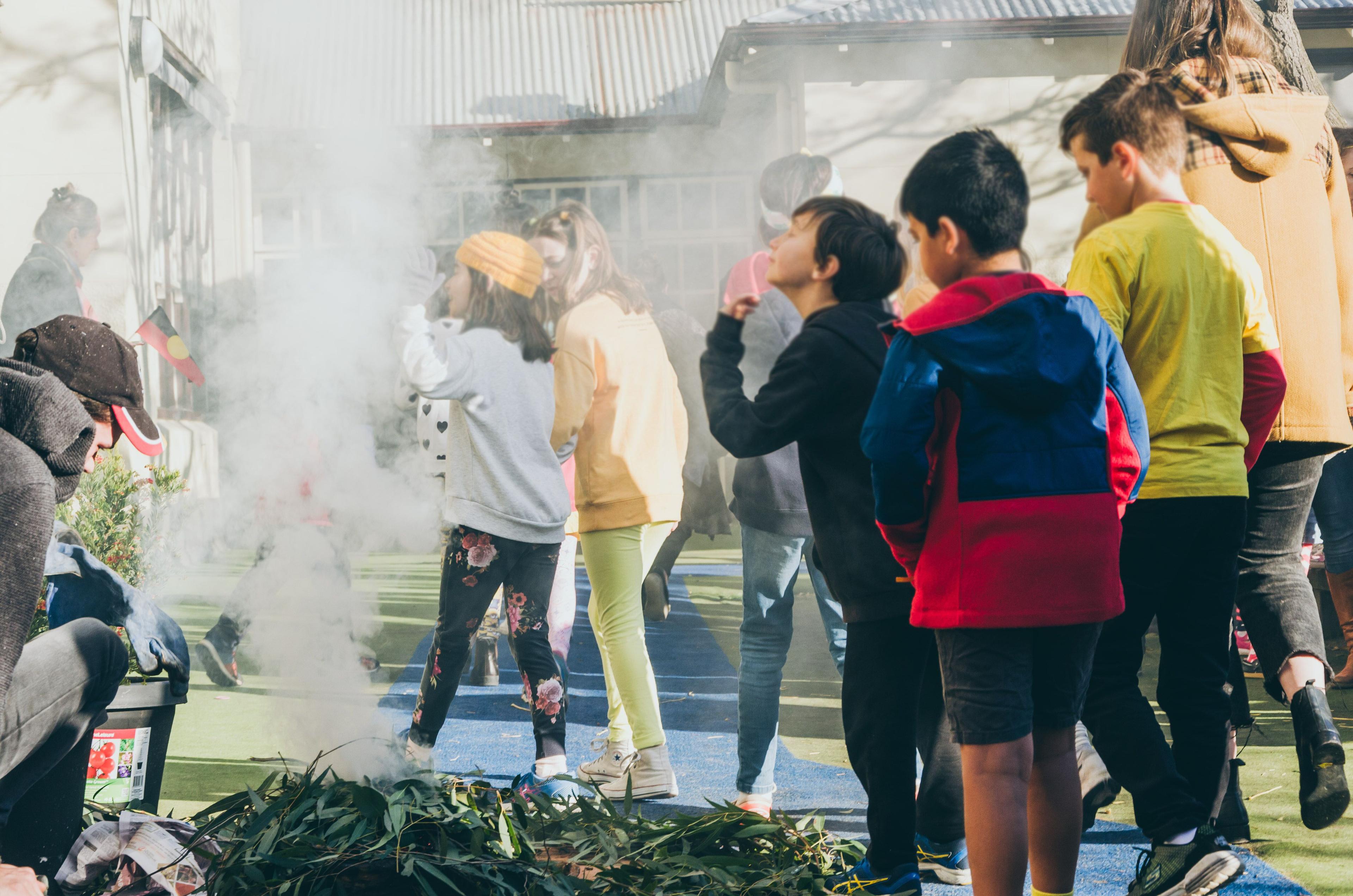
Carlton North Primary School students experiencing a smoking ceremony from the Wurundjeri Traditional Custodians. Image: Liyat Haile
“Parents and guardians also felt positive, particularly due to their child’s high engagement, and had increased interest in learning about Indigenous culture and totemic species.
“The students created habitat for a critically endangered species. Imagine if every school in Australia contributed in this way to the conservation of biodiversity?” Prof Bekessy said.
According to Natasha Ward a key to the program’s success was recognition of the time and resource commitment needed from teachers and Wurundjeri Elders to support them to be deeply involved.
“The school curriculum is already crowded with many competing demands. By embedding the material into an existing subject school-wide the program did not impose further demands on the curriculum. Instead, it was an efficient and effective way to deliver the material.
“Teachers told us the program also helped them to feel better equipped to teach students about traditional ecological knowledge in a culturally appropriate manner.
“This alignment of the program with existing curriculum and the fact that the budget was modest, mean it is entirely feasible for similar programs to be implemented in other schools.
“We hope that the program will be picked up and implemented in other schools across Australia.
“There is a lot to be gained from integrating the concept of totemic species into the Australian curriculum,” Ms Ward said.
The results of the pilot program have been published in the journal Conservation Science and Practice.
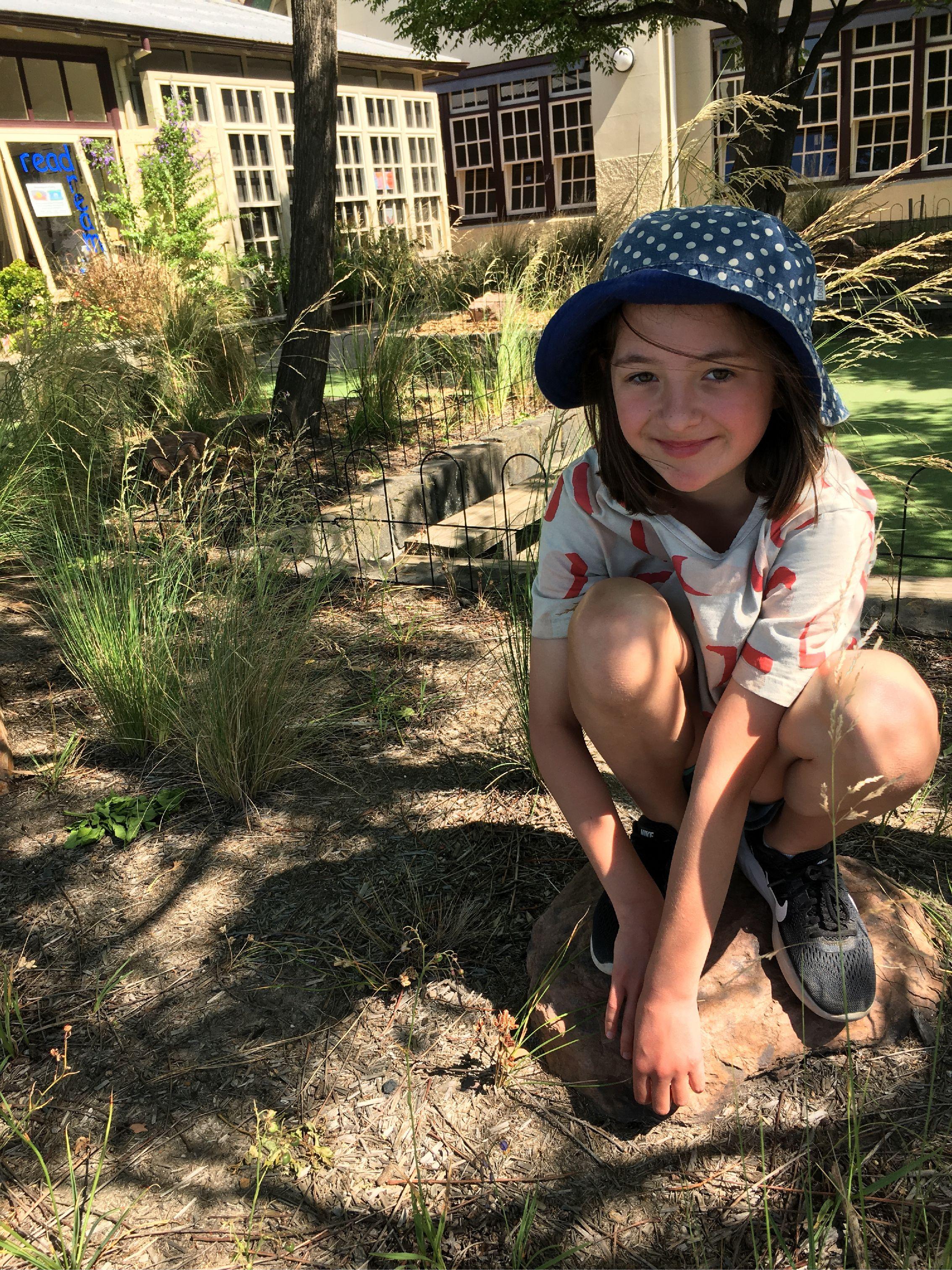
Student Zadie with flax-lilies planted by students. Image: Sarah Bekessy


